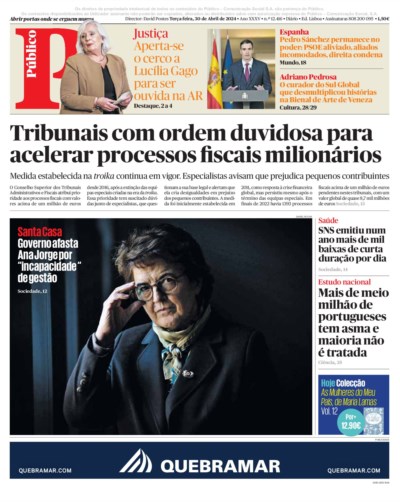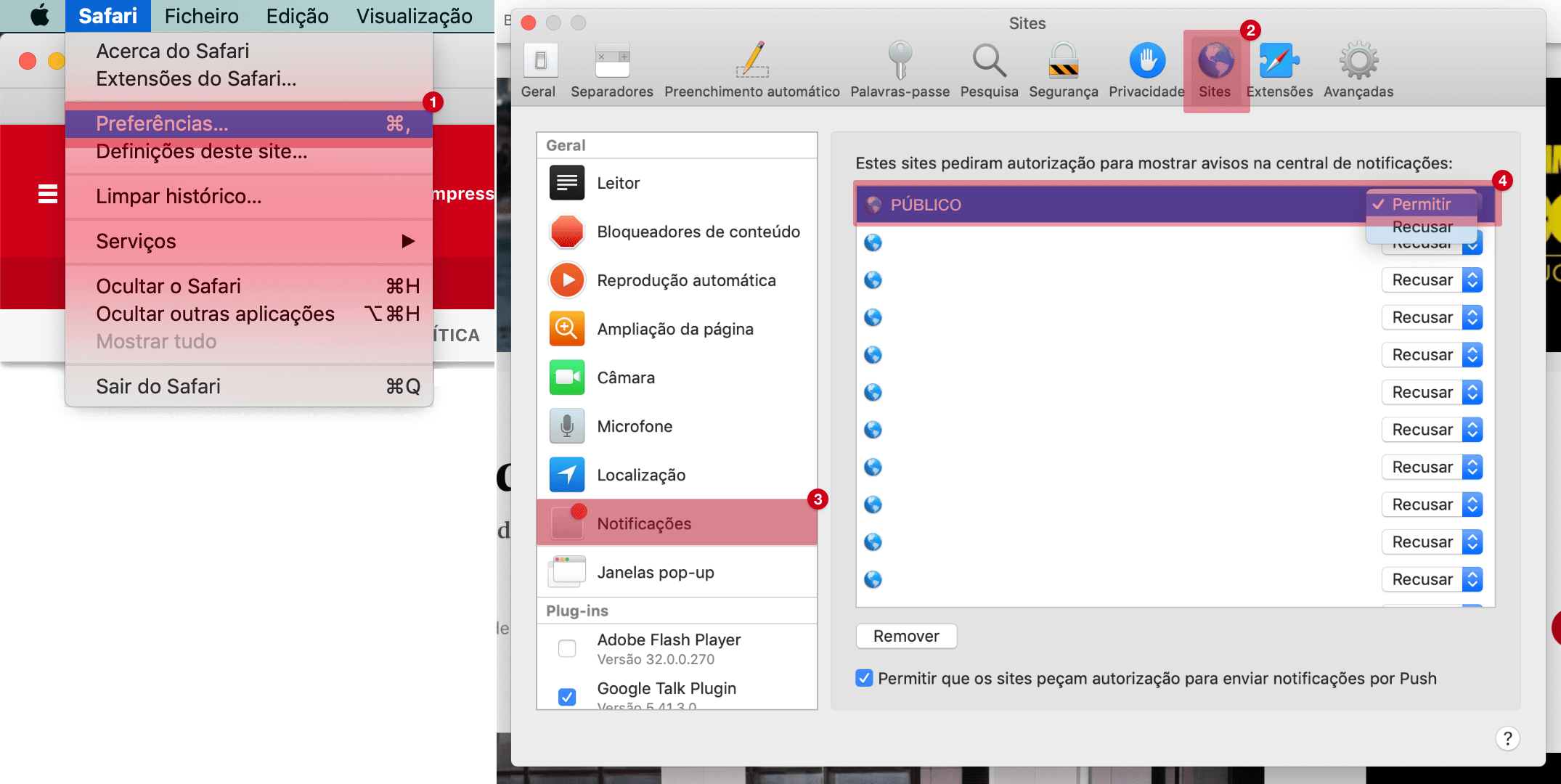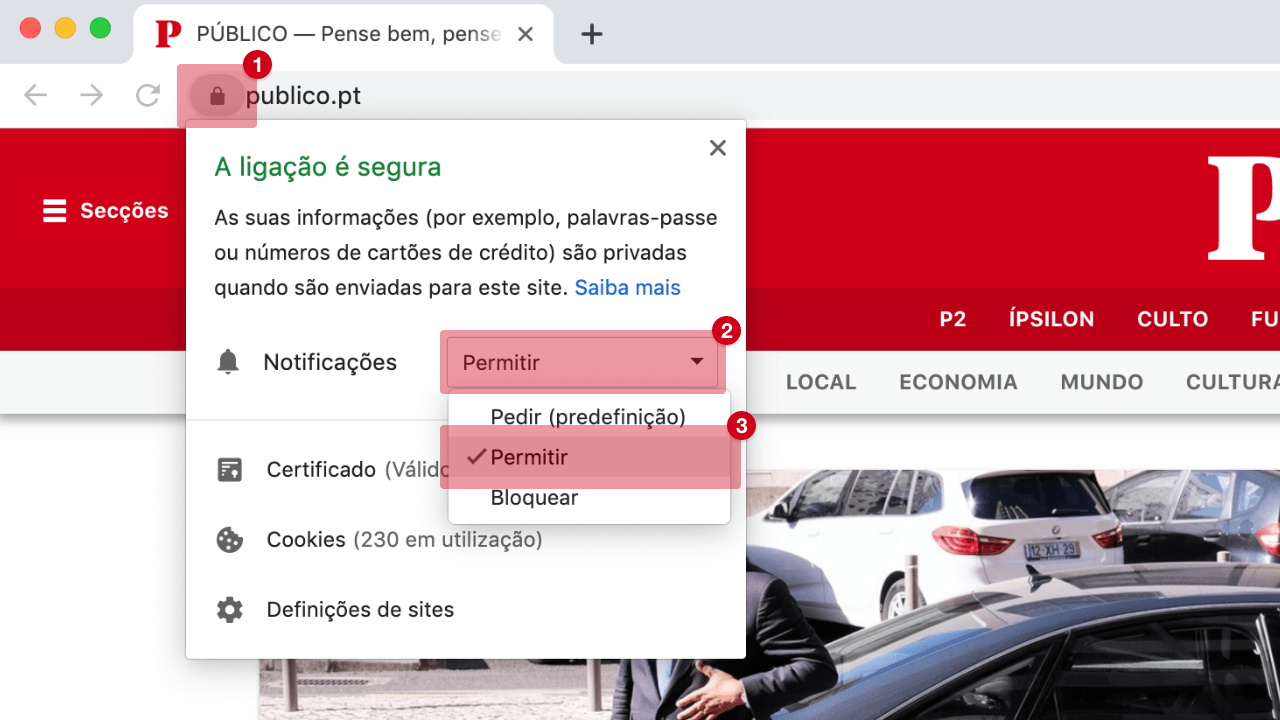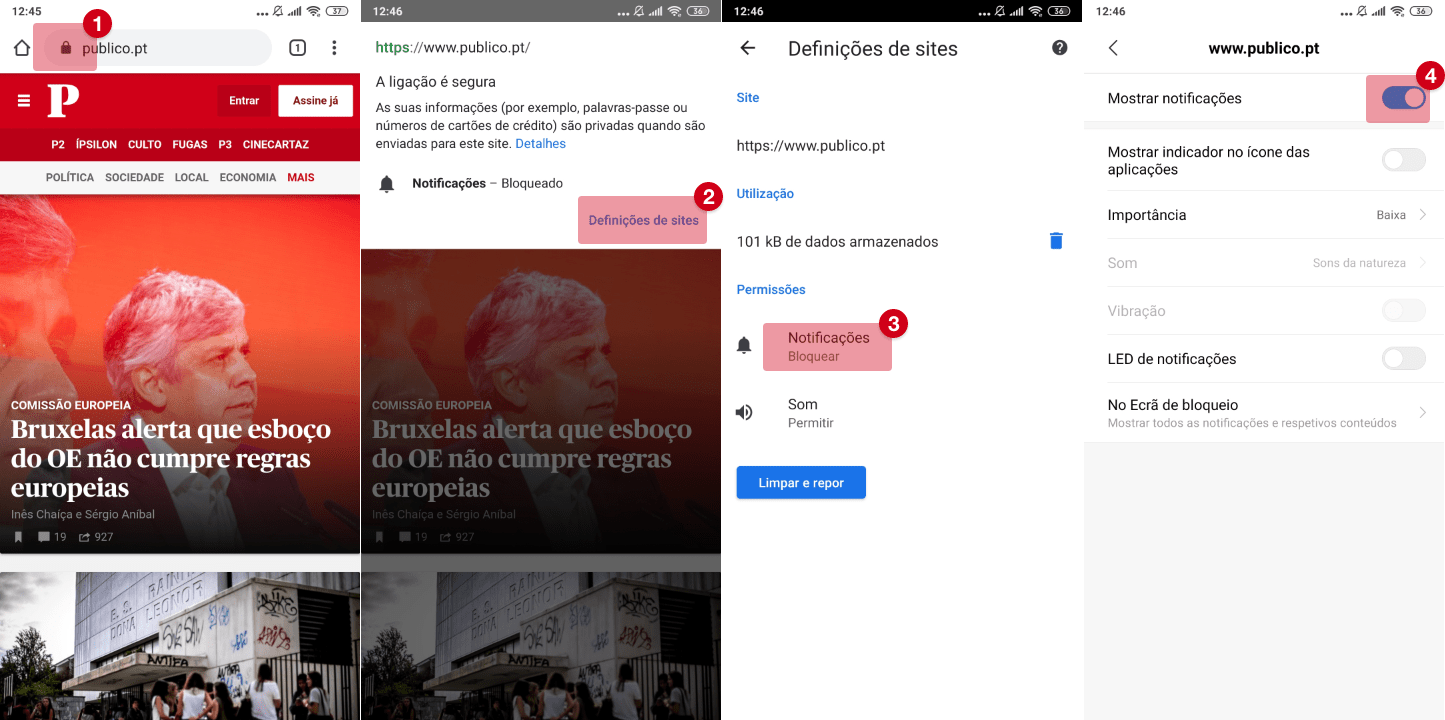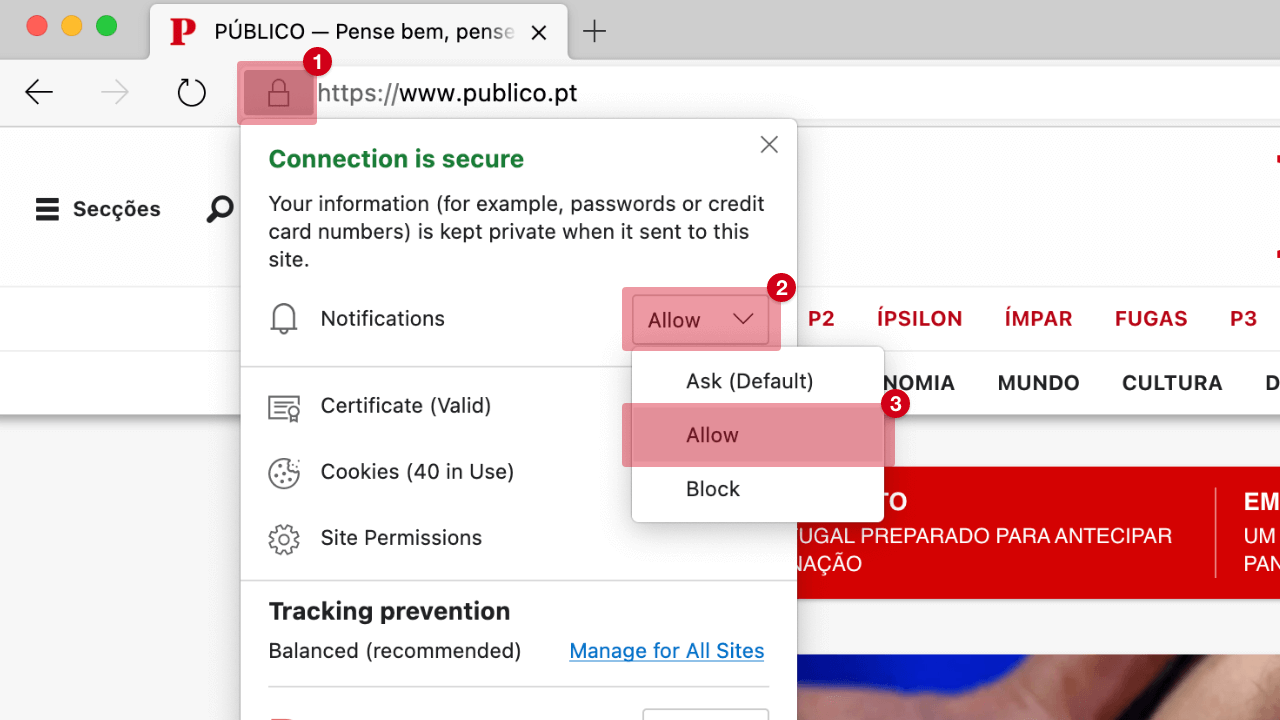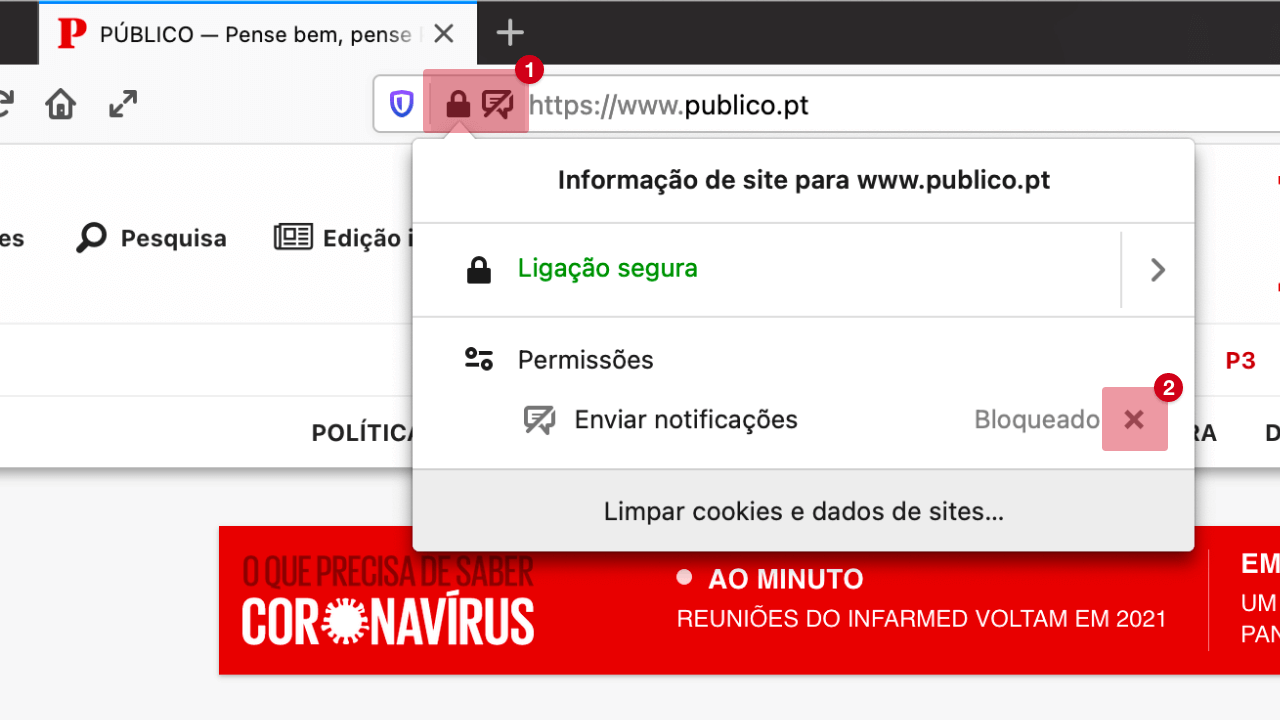Ford and the detours of capitalism in the Amazon
Between Ford's enterprise in the Amazon and the Bolsonaro government, the same rationality seems to cross the logic of capitalist enterprises. Perhaps the notion of nature as an obstacle, the contempt for differences, the authoritarian and undemocratic way of making decisions and the indifference to life.
After Ford announced the end of a century of operations in Brazil on January 11, many elaborated on the reasons for this, the gap it will leave, and the economic effects resulting from the decision. It is enough to talk about the impact, considering the repercussion this will have on jobs and the Brazilian economy. We do not see, however, a discussion in the Brazilian public arena on the history of the presence of Ford in Brazil — a gateway to understanding the arteries of the predatory model in full force today in the Amazon.
Ford's exit leaves, in the rearview mirror, a fallout of unemployment and frustration for thousands of Brazilians. Although the company had complained about the inconsistencies of the Brazilian taxation system, which is famously complex, it was a great beneficiary of tax breaks and other benefits over the decades.
?It is worth remembering that 94 years ago, Henry Ford, the father of the first automobile production line of modern times, first began to benefit from the goodwill of the Brazilian government. Under the supervision of then president Washington Luís and governor Dionísio Bentes, the Legislative Assembly of the state of Pará approved a concession to Ford of an area of approximately 1 million hectares (10,000 km²), situated 820 km from the state capital, Belém.
The businessman had an ambitious idea, like everything in his time: to take “civilization” to the bosom of the Amazonian Forest through the planting of 800 thousand hectares of rubber trees and the building of an entire city for the production of rubber on the banks of the Tapajós River, one of the main tributaries of the Amazon. Ford needed to guarantee raw materials for his tire production, which accounted for around 30% of the cost of his cars. He did not like the idea of a market controlled by the English, who produced rubber trees in their Oriental colonies.
?Ford's concern was connected to the interruption of rubber cultivation in the Amazon, which was the original supplier of the automobile giants at the time; supply was suddenly interrupted, after more than 60 years, when the English product invaded the world market. Around 70 thousand Amazonian seeds had been smuggled to England – and into India and New Zealand – by British man Henry Wickham. In a few short years, the rubber production axis in the world shifted to the English colonies, leaving the Amazonian valley in a state of to obsolescence and to be forgotten. This outcome saved the lives of hundreds of Amazonian indigenous people and Riparians from a system analogous to slavery.
?For 18 years, Ford tried to tame the forest to satisfy his commercial objectives. And he was repeatedly defeated. In their natural habitat, the rubber trees spread across great extensions of forest and are protected by the diversity of forest species in their surroundings. However, when planted in deforested areas and in close proximity to each other, they become easy prey to fungi.This unexpected truth gradually consumed the project of the North-American businessman.
?Even today, the inexplicable arrival of the Ford Company in the Brazilian Amazon in 1927, during the decline of the rubber boom, remains questionable. The said pretext was for Ford to escape any economic dependence on the English and Dutch cartels in the supply of latex for his assembly line. Ford actually profited much more from the timber and minerals extracted from the region and exported, with no control by the Brazilian authorities.
?Nevertheless, by building the cities of Fordlândia and Belterra, Ford fulfilled his capitalist utopia of controlling nature. His model usurped the local culture and way of life, imposing external dynamics on the Amazonian Caboclo and their diet, feasting, and labor. Fordlândia and Belterra were suddenly abandoned when they no longer satisfied the economic interests of the company.
?Similar practices of abandonment are repeated still today, such as the sudden closure of all operations of the manufacturer in Brazil this year — and it goes further. The predatory trail of destruction begun by Ford in the Amazon has been reinvented. However, it is evident that despite Fordlândia having failed as a project, in some way the model for occupying the region triumphed and multiplied in the veins of a sick, capitalist, circulation system. ?
My documentary Beyond Fordlândia (2018, 75 min), connects the past of rubber to the contemporary scenario of agribusiness in the Amazon. It demonstrates the threat that models of economic intervention such as that of Fordlândia produce today on the biomes and rural, urban, and indigenous populations, small farmers, and men and women that have a cultural and historical connection with the region. As Professor Luís Magno Ribeiro, principal of the Fordlândia School, summarizes in the documentary, what remains for the population are only holes, diseases, and the emptiness of hopes: ?
“The houses remained, things remained, but nothing else was made use of. Because they are projects that need a lot of money, and investment in the Amazon is very small. The proof of this is that today we have various companies working, especially in the timber industry, that only take; they only give that temporary job, it is like another Ford... and now you have companies like Caima, exploring Gypsum and Limestone, which is an intensive undertaking, and we are educating our students that they are not leaving anything for us, what is Caima leaving? What is the benefit? Is it only these political deals that exist? What are they leaving behind for the population? Just a big hole? Is that it? A hole that leads to diseases like dengue, malaria and other things?”
Ford and Agribusiness
According to the historian David L. Lewis, Henry Ford made large investments in soy. In 1929, he established a laboratory in Dearborn, Michigan, to carry out research into how various plants could be used in industry. In 1951, he decided to concentrate his efforts on soy. By 1955, he had spent 1.2 million dollars and Fortune magazine indicated that “he was as interested in soy as in the V8”. Ford believed that plastic produced from soy would be the material of the future and, despite never having managed to mass produce his “soyamobile”, Ford developed and tested a prototype.
If Ford‘s ventures in trying to impose production logic can be charted as a battle of entrepreneurism against the “green hell”, representing the battle of man against the unknown, agribusiness represents a much different situation. Today, Brazil is the largest producer and exporter of soy on the planet. The 2019/2020 harvest – updated in September 2020 – produced 126 million tons, of which 93.6 million were exported, according to data published by the Ministry of Agriculture and the National Supply Company (Conab).
From July 2006, and renewed indefinitely in May 2017, the Soy Moratorium, the first voluntary Brazilian agreement on zero deforestation in the tropics, agreed not to buy soy produced on deforested lands in the Brazilian Amazon. Nevertheless, the soy fields have expanded by a million hectares in the Amazon biome in recent decades, and the direct conversion of forests for soy production has contributed to record rates of deforestation.
Belterra, one of the cities built by Henry Ford in Pará, had 13,851 hectares of soy plantation in 2019, according to the Brazilian Institute of Geography and Statistics (IBGE). The Rural Union of Santarém, in turn, estimates that the planted area overtook 25 thousand hectares in 2020.
In the Cerrado, according to a study by the Brazilian Association of Vegetable Oil Industries (Abiove), in partnership with Agrosatélite, in the last 18 years, the area dedicated to soy passed from 7.5 million hectares in 2000/2001, to 18.2 million hectares in 2018/2019. According to this entity, during this same period, productivity grew 30%.
The alliance of the current government with agribusiness and illegal mining was constructed during the 2018 elections and has resulted in a series of criminal actions that threaten the survival of the forest and its peoples. Despite the expansion of these activities and such devastating effects being clearly linked, there still seems to be little room to contest the model in force; a model implemented by Ford almost one hundred years ago.
What are the reasons for this nostalgia for Ford in the Amazon? Could it be the compelling notes published in the A Cidade newspaper in Santarém: “Ford is our friend! He will bring money to this land! Life will improve! We will have access to luxuries, to the best and finest things! Progress will finally arrive in Tapajós!” From this strong and misleading popular appeal, the Fordist example in Brazil is a model of predatory economic culture, but without seeming to be so. He is presented as salvation in the promotion of well-being and of the wealth in the forest, presuming the arrival of unexpected progress.
Thus, in 2021, it is extremely important to make a comparative study of these processes of occupation in the region with a view to future generations. From there it is denoted that movements in defense of the forest and its peoples believe that, in some way, they stem the advance of these models for some time. However, putting on the breaks does not result in institutional structures that enable them to be self-sustainable, as the Ford model in force in Brazil since Fordlândia has gained new contours and matrices of seduction (read agribusiness).
The genesis of the Fordlândia matrix and agribusiness have in common the fingerprint of exclusion and environmental racism and are reproduced as a cancer in the industrial arteries of the country. Be it in the Zona Franca of Manaus, in the Steelmaking-Metallurgical Center of Pará, in hydroelectric projects such as Belo Monte, or in the pop culture of soy agribusiness, examples like the Amazon are treated as a productive force.
Imperial Matrix
The cultural profile of Ford in the Amazon typifies an imperial model that metamorphosed in Brazil into the form of agribusiness. It can be said that agribusiness overtook the Fordist imperial economic model and placed itself at the heart of movements of globalization of the world economy, as a type of culture that imprints an apparent dynamism outside the central locations where they are managed.
From a causal point of view, it is much more than it appears – it is like Pandora’s Box. In other words, when we talk about economic culture, we are dealing with a set of specifications that are embedded with and are opened up to, depending on the location,various characteristics.
Thus, we have Cargill acting in one way, Alcoa in another, the Jari project in another, Fordlândia in another, in a never-ending spiral of déjà vu. In essence, they are different structures of the same model of economic culture. They are re-definitions of something very profound.
Although it is an activity that extracts riches from the sub-soil, mining kills less people in the short term than large-scale ventures (Cargill, Alcoa, Bunge etc.), which exploit people, the forest, and its cultures and ways of life, creating the illusion of salvation and impeding the path of ethnodevelopment.
Agribusiness goes beyond Fordist imperialism because it has reinvented itself within the global economy; it goes beyond a productive structure connected to what it extracts from the land. It now calls the tune of the Stock Market and leads local initiatives to bankruptcy, excluding competitors and becoming the centralizing monitor of occupation – and as a consequence, the destroyer of natural resources.
The idea of industrializing the forest in other latitudes of the planet occurs in long processes of maturation time, between 50 and 100 years, before they emerge. In the Amazon, the same process is abbreviated into periods that vary from one to four years.
Industrialization in the forest therefore demands violence as modus operandi. Different to other regions of the planet, in the Amazon, there is no form of preparation or emergency condition, but simply a predatory imposition. All the projects operate at the speed of light, taking everything they can with maximum speed and efficiency. The faster they do it, the slower the reaction time for society.
As a historical experience, Fordlândia occupies a standout position in the genesis of these processes of industrial violence in the Amazon. In other words, a temporal violence foisted upon the forest that disrupts the temporal rhythm of the forest and its peoples. The Fordlândia matrix thus becomes a standard (imposition of a logic of time and extraction and a benchmark of control) to be followed by its contemporary peers (hydroelectric projects, miners, soy farmers, et cetera). In the global demand for mineral extraction, they attack the metabolic system of the forest, breaking its metabolism and that of the subjects who live there.
Between Ford’s venture in the Amazon and the Bolsonaro government, there is the same rationale that seems to traverse the logic of capitalist ventures. It may be the notion of nature as an obstacle, the disregard for differences, the authoritarian and anti-democratic manner of making decisions and the indifference towards life.
The summary of Bruno Malheiro and Valter Cruz on the bio/necro-political rationale of large-scale projects in the Amazon helps us understand this historical traversing of violent methods that have forged capitalism in the Amazon. We can only interpret this history of destruction by listening to the native peoples, even though “listening to the people” is only a part of the story now, considering that they are already a minority in the region.
Marcos Colón holds a doctorate in Cultural Studies from the University of Wisconsin-Madison, and leads the Portuguese Program at the Department of Modern Languages and Linguistics of the Florida State University. He is the director of the documentary “Beyond Fordlândia.”
